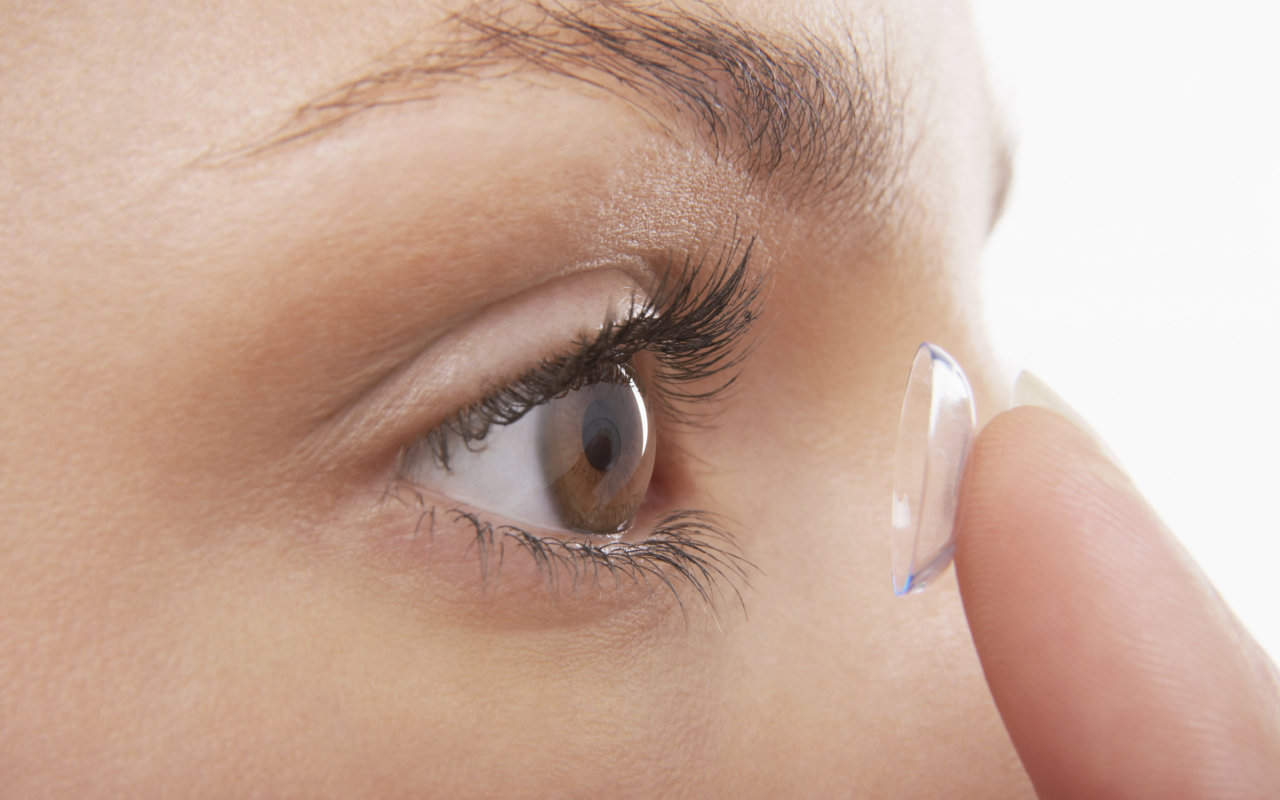
Precautions for Wearing Contact Lens While Swimming
There’s no other activity that gives you that total-body workout as much as an hour of swimming does. From toddlers to seniors, it’s an activity enjoyed by all. The summers have already begun, and everyone wants to cool off with a dip in the pool.
Continue reading Precautions for Wearing Contact Lens While Swimming

Dr. Azhar I. Salahuddin is an ophthalmologist and is fellowship-trained in cornea, external diseases, and refractive surgery. Dr. Salahuddin has been performing cataract surgery for over 19 years and specializes ocular reconstruction, corneal transplantation surgery as well as vision correction through a variety of intraocular lenses. Dr. Salahuddin is board-certified by the American Board of Ophthalmology and was trained at Boston University.










